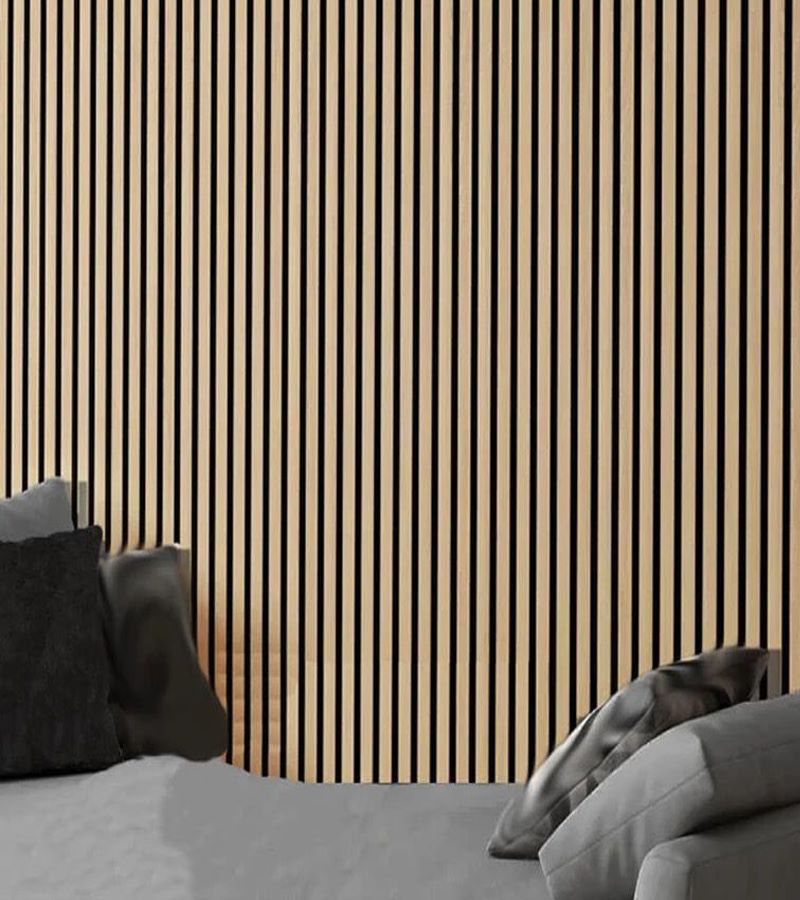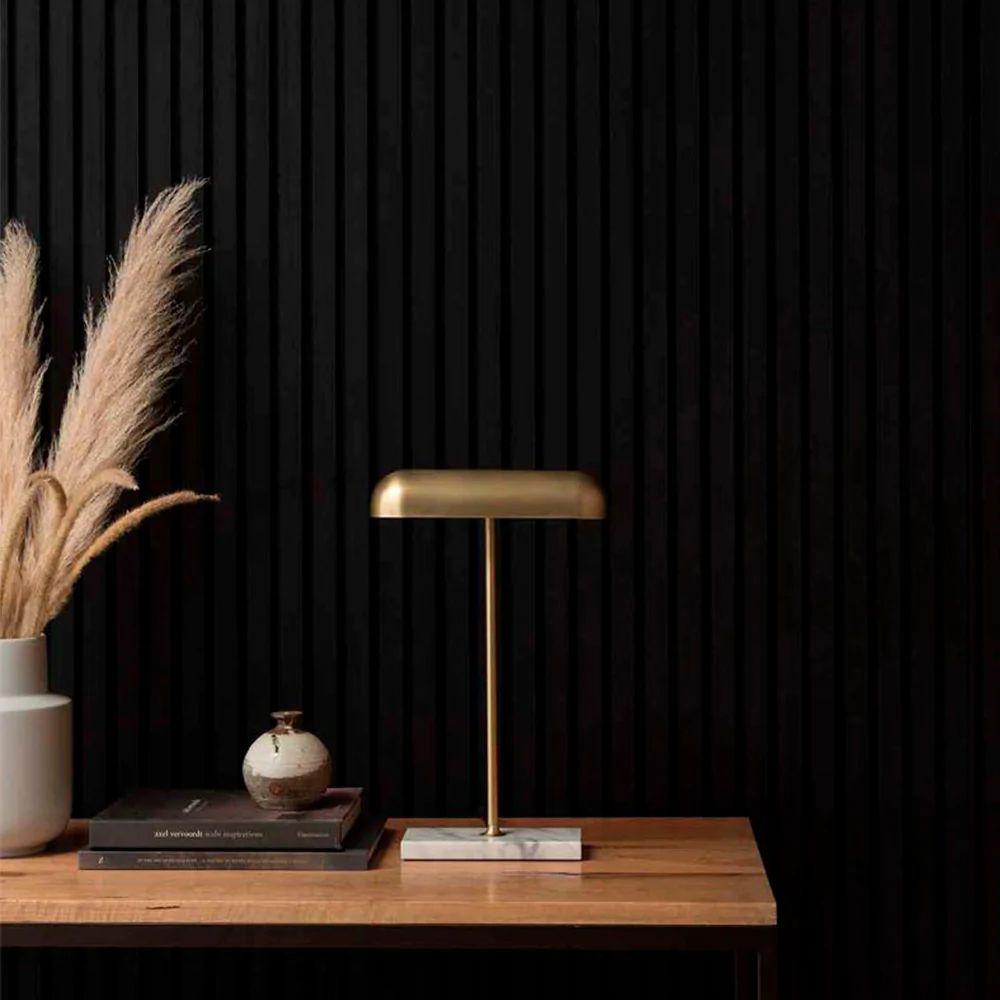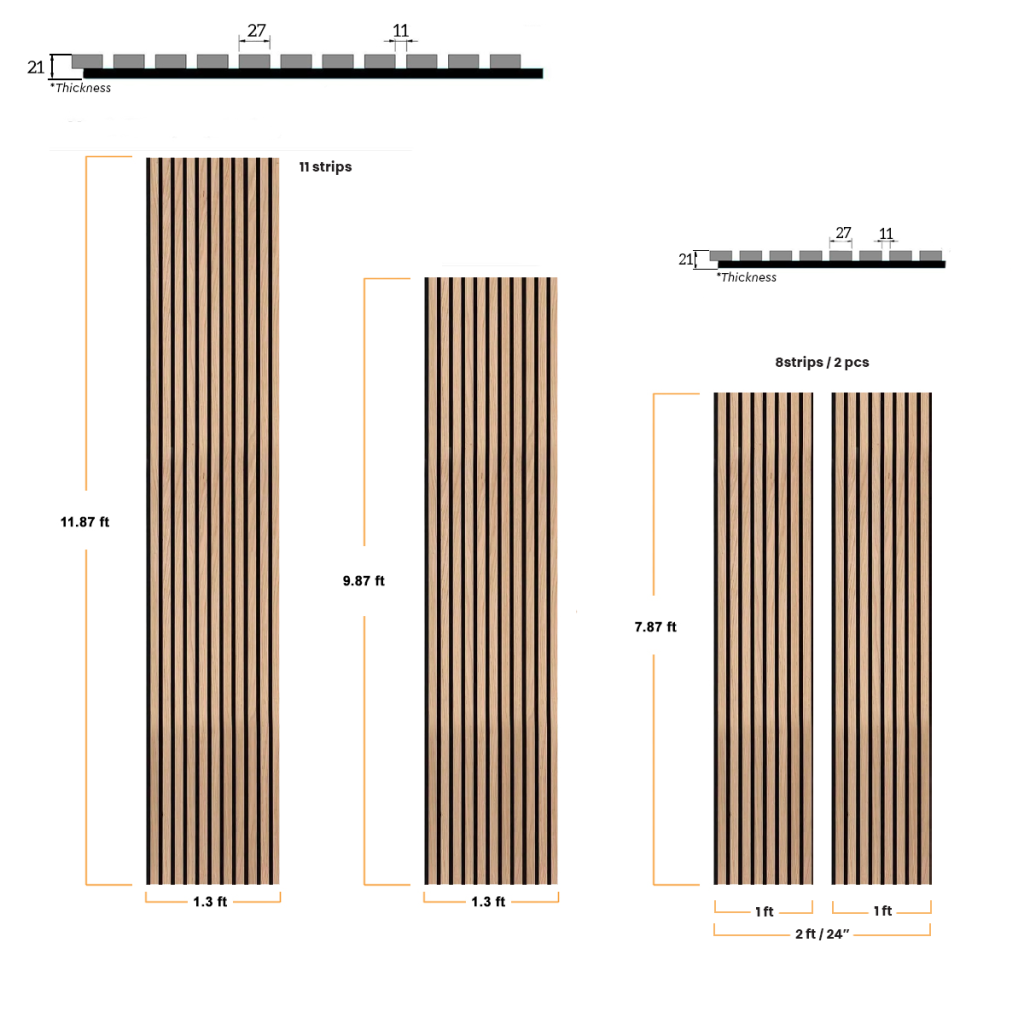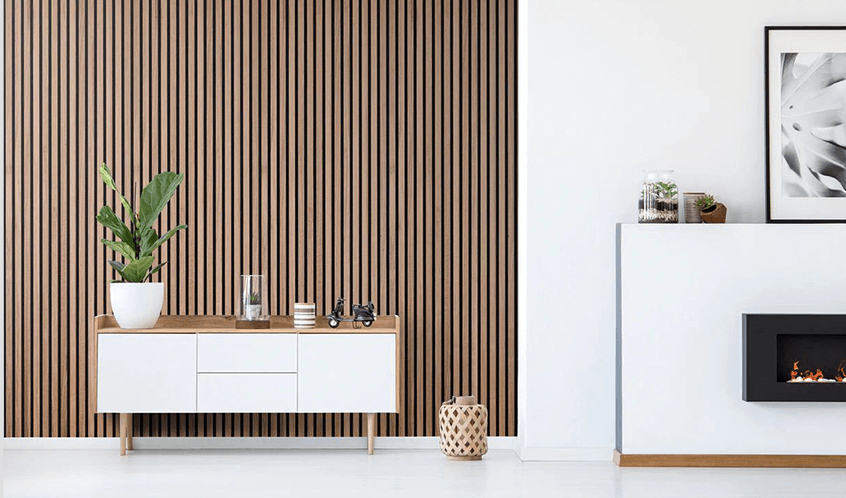Guide to Perfectly Smooth Walls: Conceal With Wall Panels
Achieving perfectly smooth walls isn’t always easy—especially in older homes or high-traffic spaces. Whether you’re dealing with peeling paint, cracked drywall, or outdated textures, wall imperfections can distract from your home’s beauty and make maintenance a headache. Fortunately, there’s an effective solution that’s both stylish and practical: wood veneer panel. These versatile design elements don’t just cover up flaws—they transform your interior with clean lines and modern appeal. In this guide, we’ll show you how wall panels, including popular options like decorative slat panels, help you conceal wall imperfections and create a flawless finish.
Understanding Wall Imperfections
Walls naturally endure wear and tear over time. From hairline cracks and peeling paint to uneven plaster and unsightly nail holes, even minor flaws can make a space feel unfinished or neglected. Structural settling, moisture exposure, and poor construction often contribute to these problems. Traditional solutions like sanding, patching, and repainting can be time-consuming, messy, and costly. That’s why more and more homeowners and designers are turning to wood panels. Instead of spending hours repairing a damaged surface, wall panels offer a faster and more attractive fix by covering the entire wall with a clean, uniform layer.
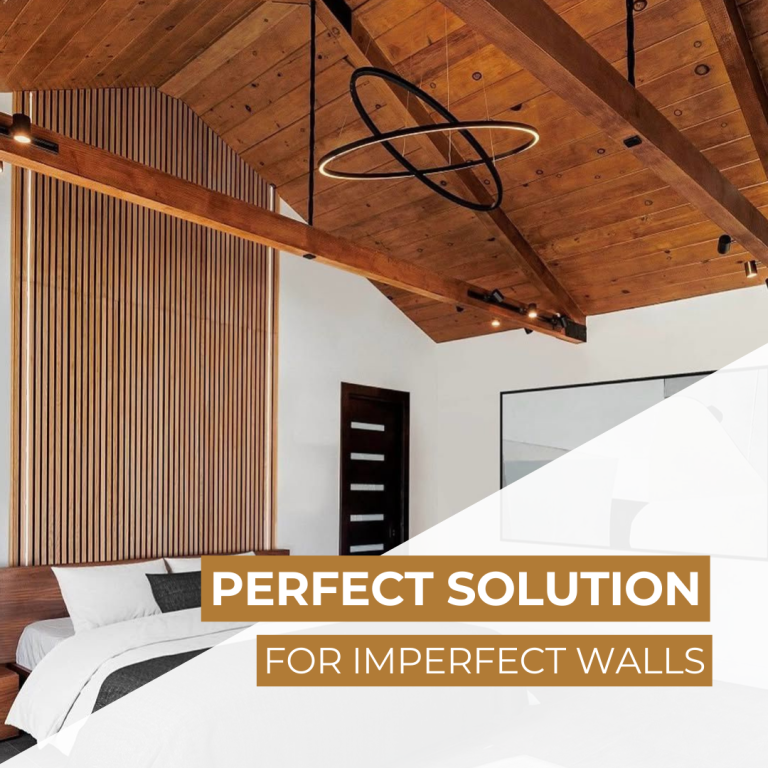
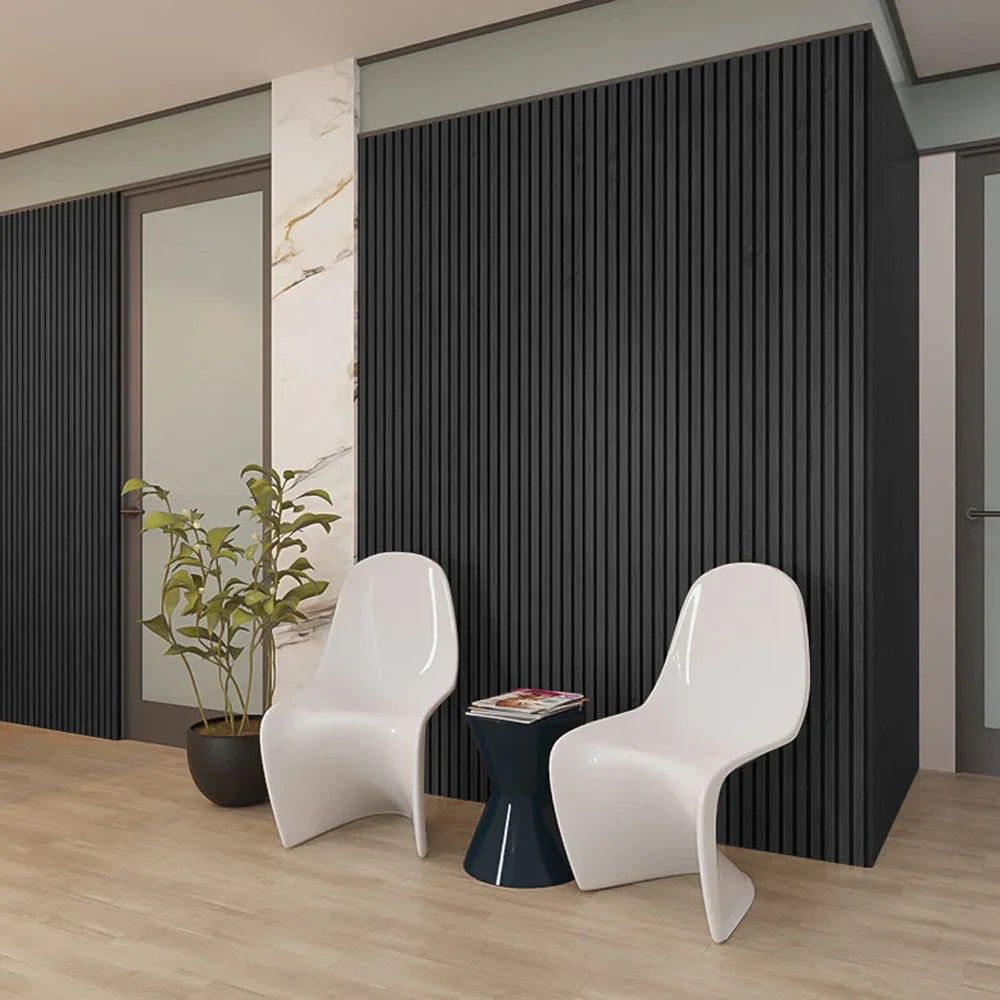
What Makes Wall Panels So Effective?
Wall panels are large sheets or sections of material designed to attach directly to walls or to a supporting structure, instantly hiding what lies beneath. They work by creating a completely new surface—one that doesn’t depend on the existing wall being smooth or even. Unlike paint or wallpaper, which conform to every dent and flaw, panels sit on top of the wall, smoothing out imperfections in the process. Whether you’re hiding poorly patched drywall, outdated textures like popcorn finish, or signs of water damage, wall panels offer an ideal solution.
Beyond their practicality, wall panels enhance your design. Materials range from wood, MDF, and PVC to gypsum and fabric-wrapped acoustic boards. One of the most visually appealing options is decorative slat panels—vertical or horizontal wood panels that combine elegance with functionality. These slatted panels add warmth and texture while discreetly covering any wall damage underneath.
Different Types of Wall Panels for Smoothing Walls
There are many types of wall panels to choose from, each with unique benefits depending on your needs. MDF panels are a popular option because they are cost-effective, easy to paint, and provide a smooth surface that hides minor flaws. PVC panels are ideal for humid spaces like bathrooms or basements, thanks to their moisture-resistant and mold-resistant qualities. Gypsum panels are commonly used in commercial environments because they provide excellent fire resistance and acoustic properties while creating a clean and polished look.
Then there are decorative slat panels, which stand out not only for their ability to cover imperfections but also for their role in modern design. Typically made of wood veneer, MDF, or even solid timber, these panels offer more than just function—they create visual interest and a sense of architectural detail. Slat panels are especially effective when used as accent walls, offering both sound absorption and design impact.
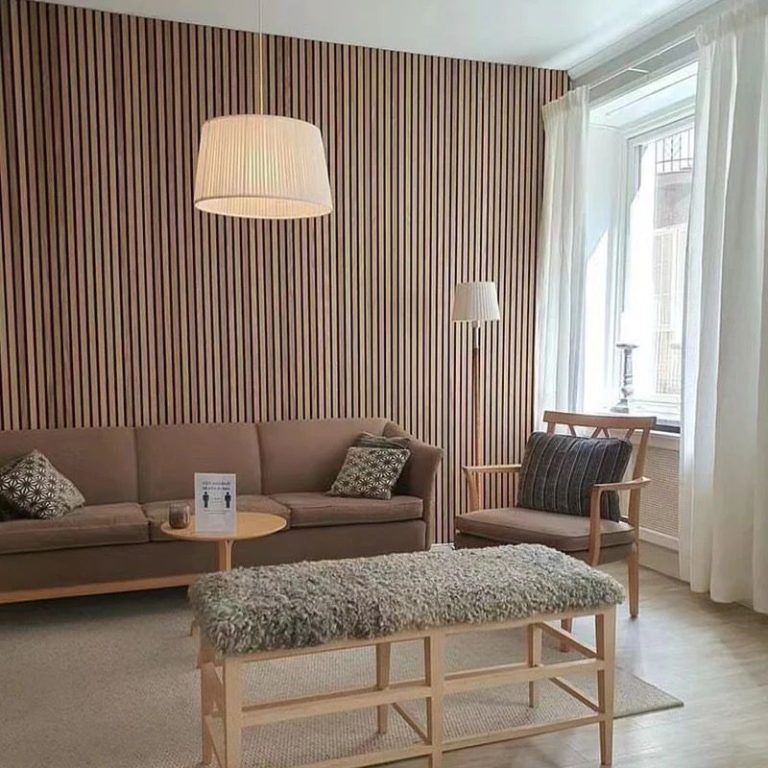

Installation Makes All the Difference
Installing wall panels can be as simple or complex as your space demands. For walls with minimal flaws, panels can be mounted directly onto the surface using adhesives, screws, or nails. However, if the wall is severely uneven or damaged, installers may add battens or furring strips to create a flat frame, ensuring the paneling sits smoothly. This method not only conceals imperfections but also provides a stable surface for panels, improving the overall appearance and longevity.
Some panel systems use tongue-and-groove connections or interlocking seams, which create a seamless look and further disguise any inconsistencies in the underlying wall. When done correctly, the result is a refined, modern finish that looks like a completely new wall—without the cost and mess of a full renovation.
FAQs
Wall panels work by adding a new layer over the existing surface, effectively hiding cracks, dents, holes, or uneven textures. They don’t just mask flaws—they replace the visual surface entirely. This is especially useful in older homes or commercial spaces where wall repairs would otherwise be extensive or expensive.
Yes, decorative slat panels are excellent for concealing wall imperfections. Their solid backing and slatted design provide complete coverage while adding a sophisticated architectural detail. They’re especially effective at drawing the eye away from damaged areas and creating a focal point in the room.
Absolutely. Wall panels, including decorative slat panels, can be installed over textured or uneven surfaces. In some cases, furring strips may be used to level the wall before paneling, but in many situations, direct installation is possible using adhesives or fasteners.

